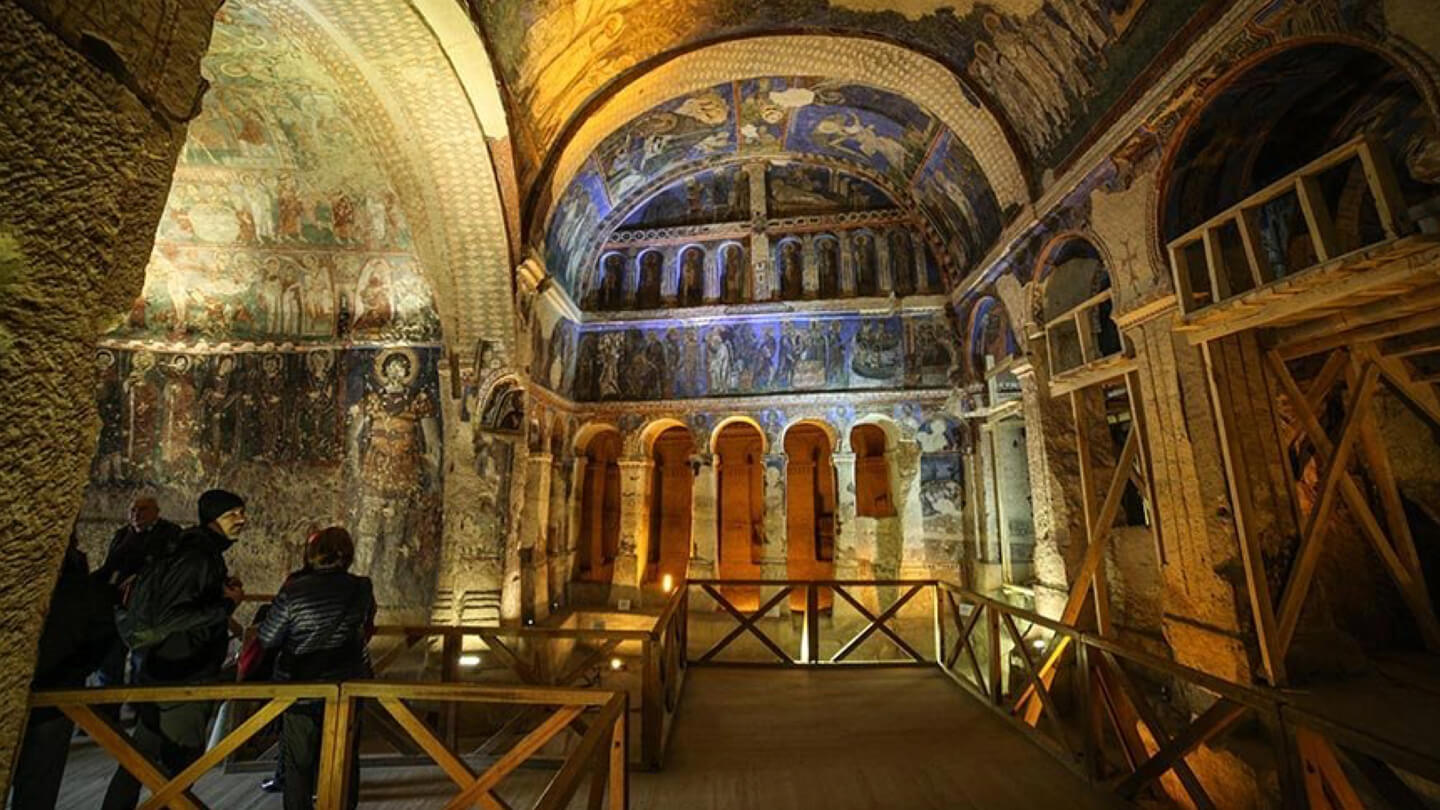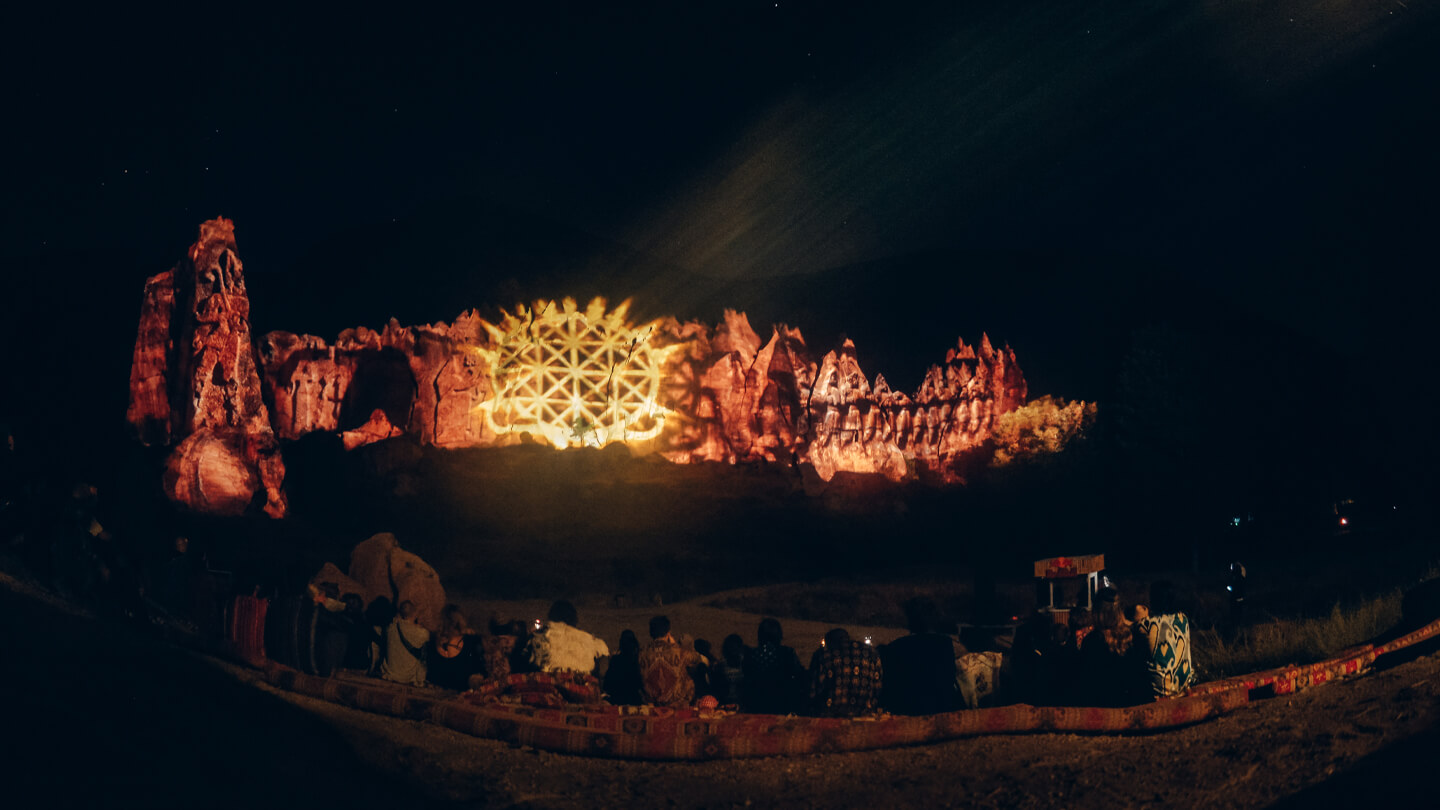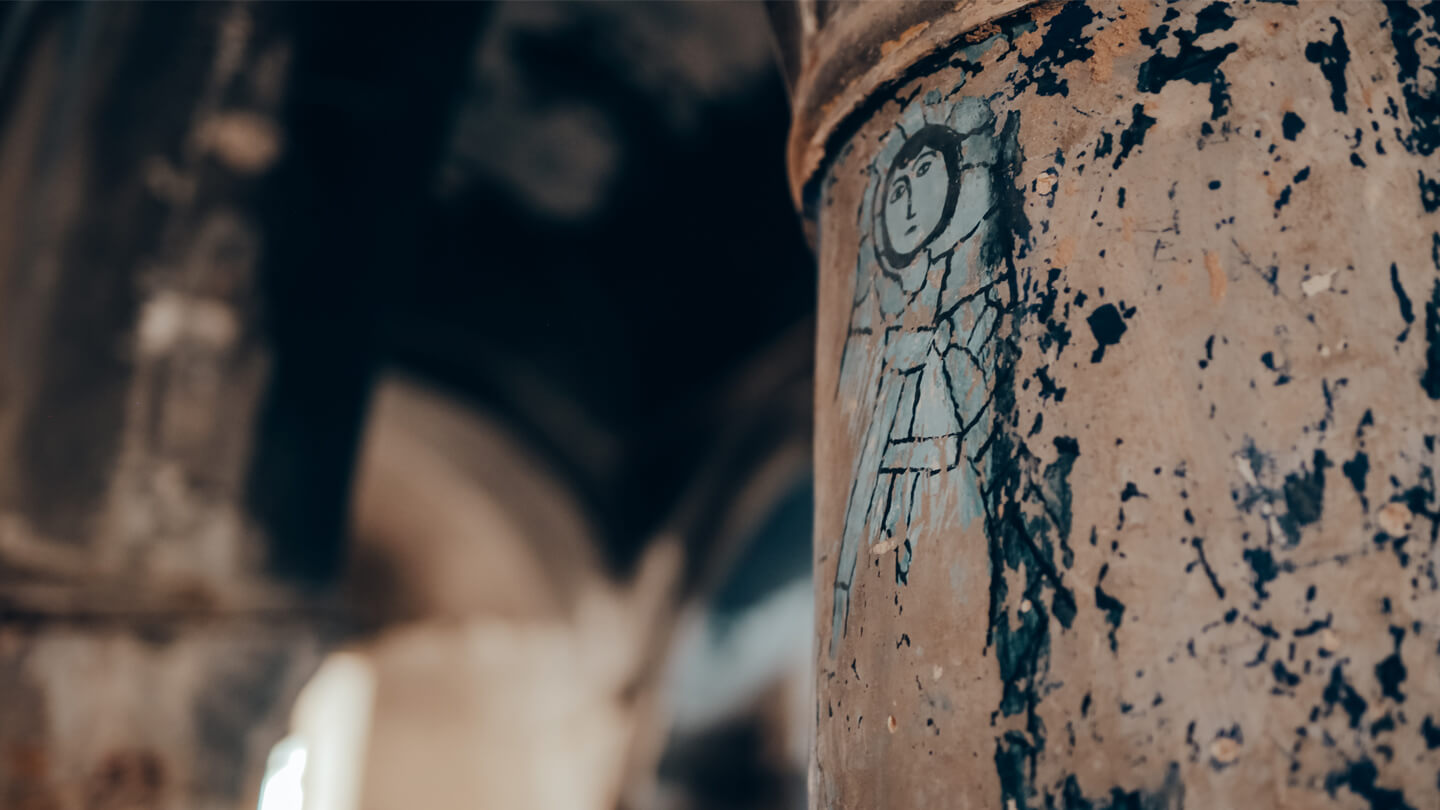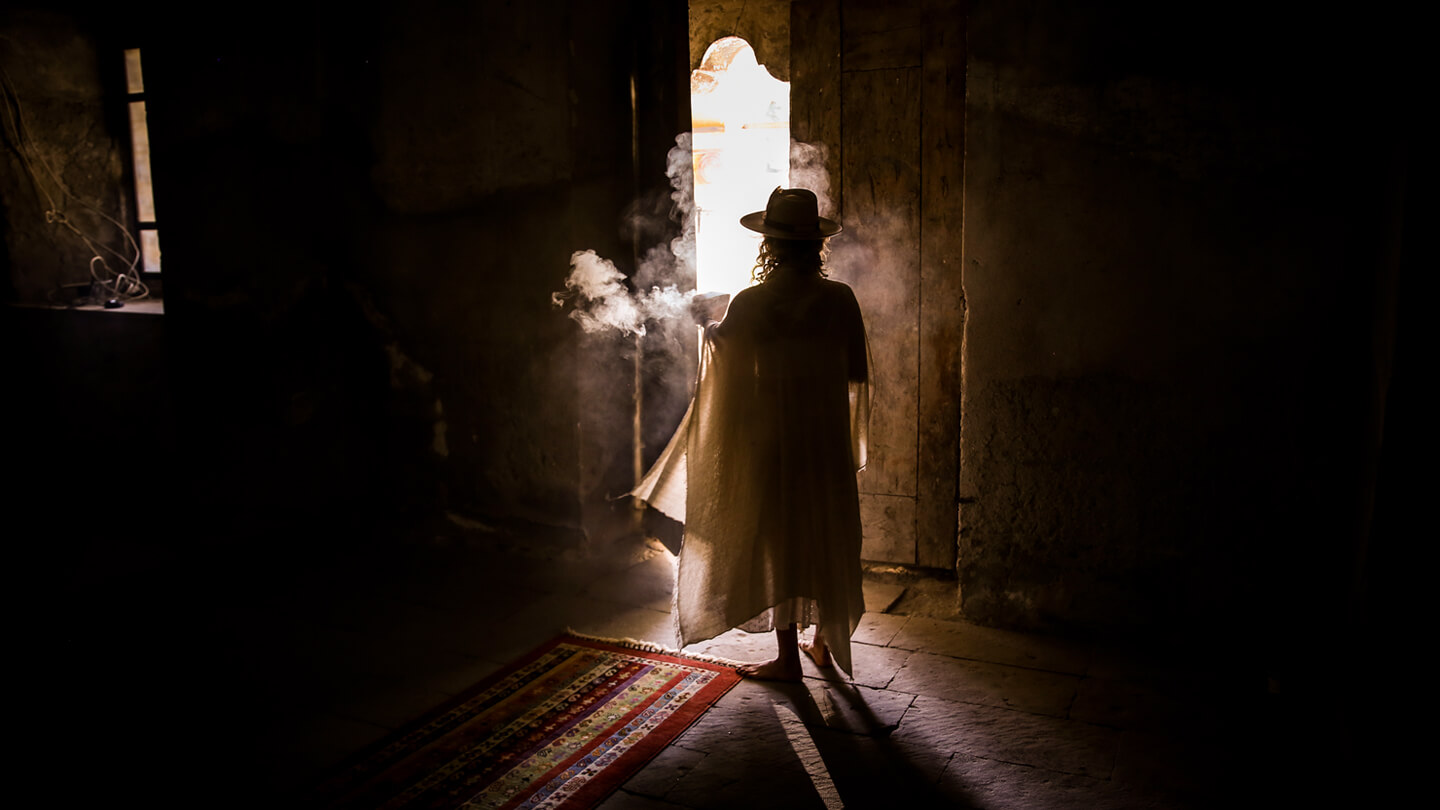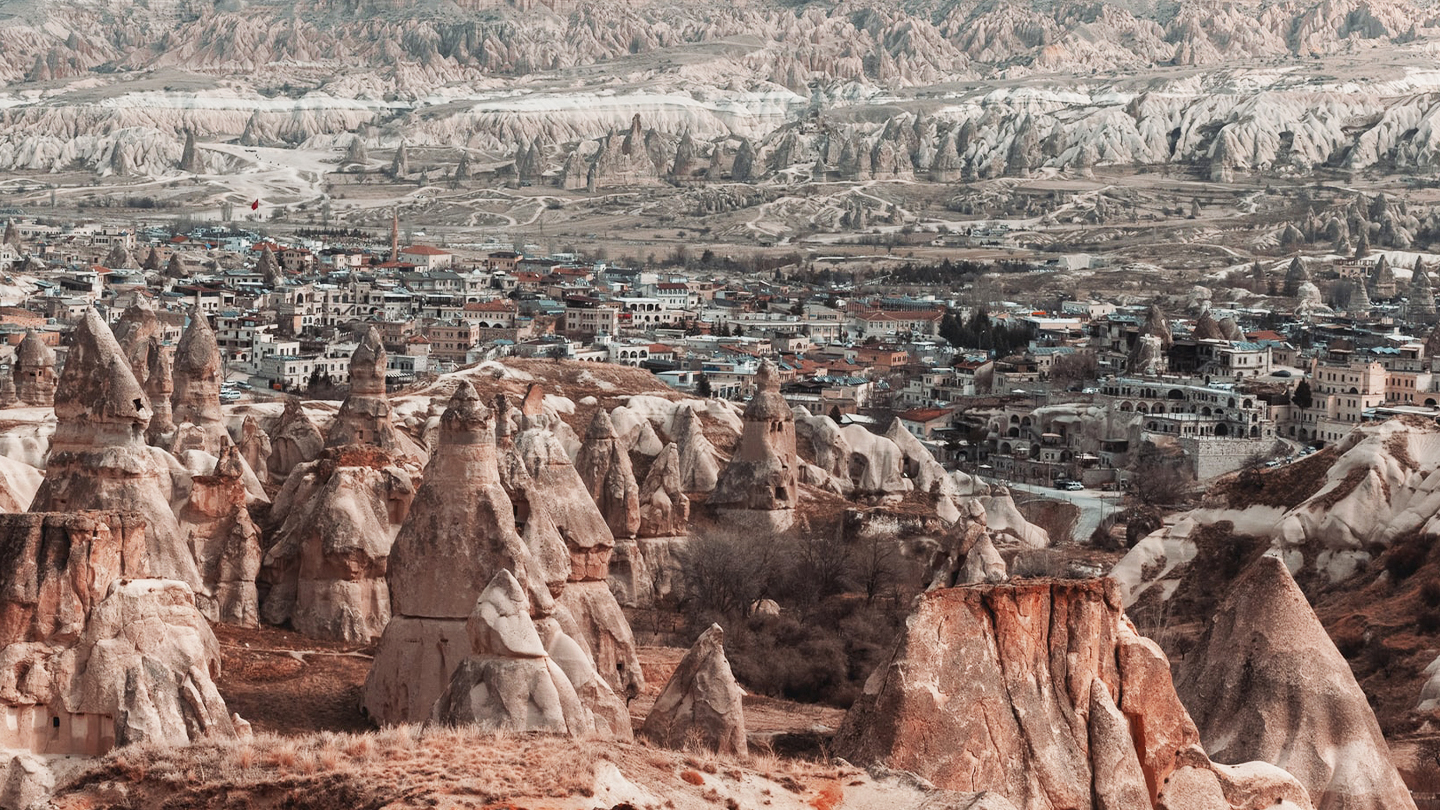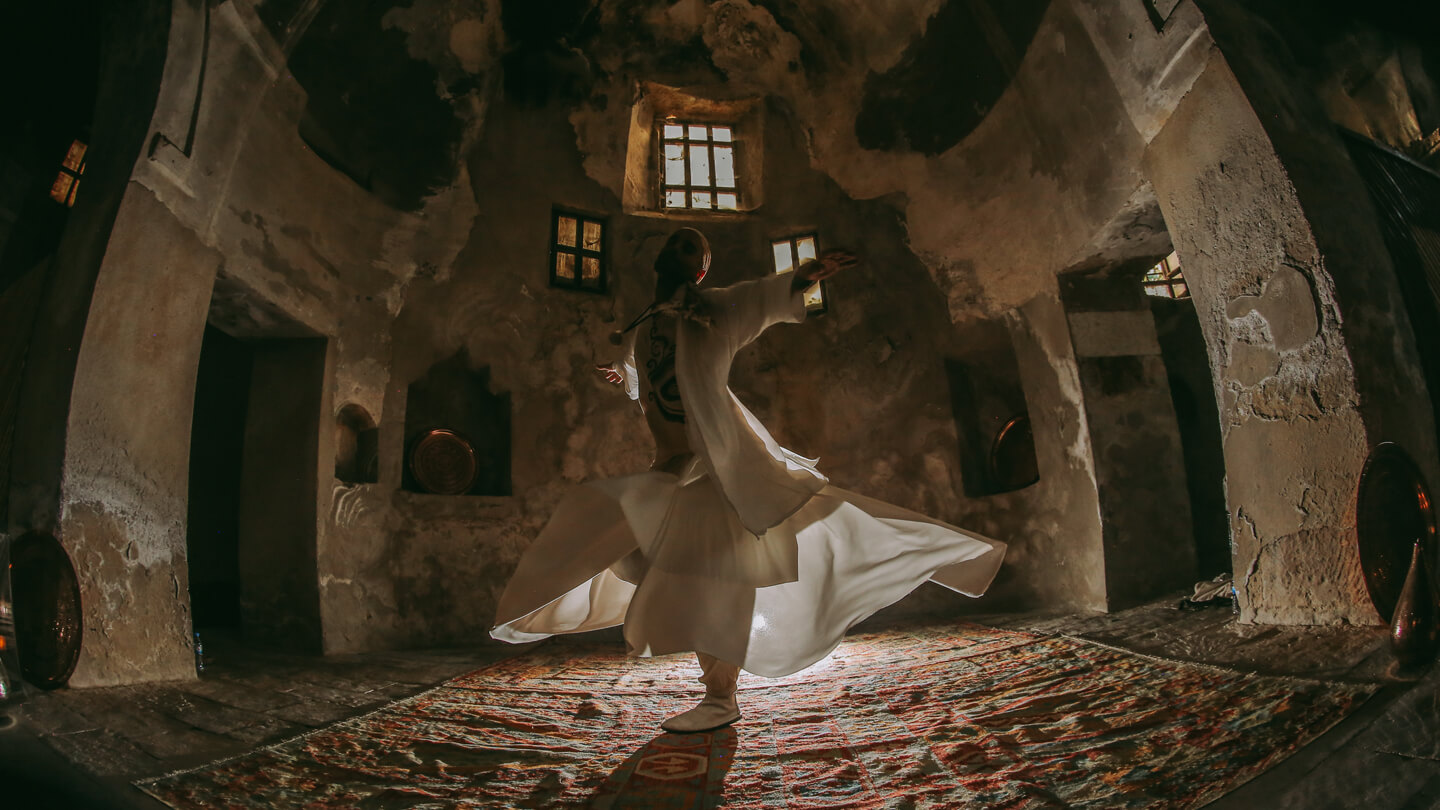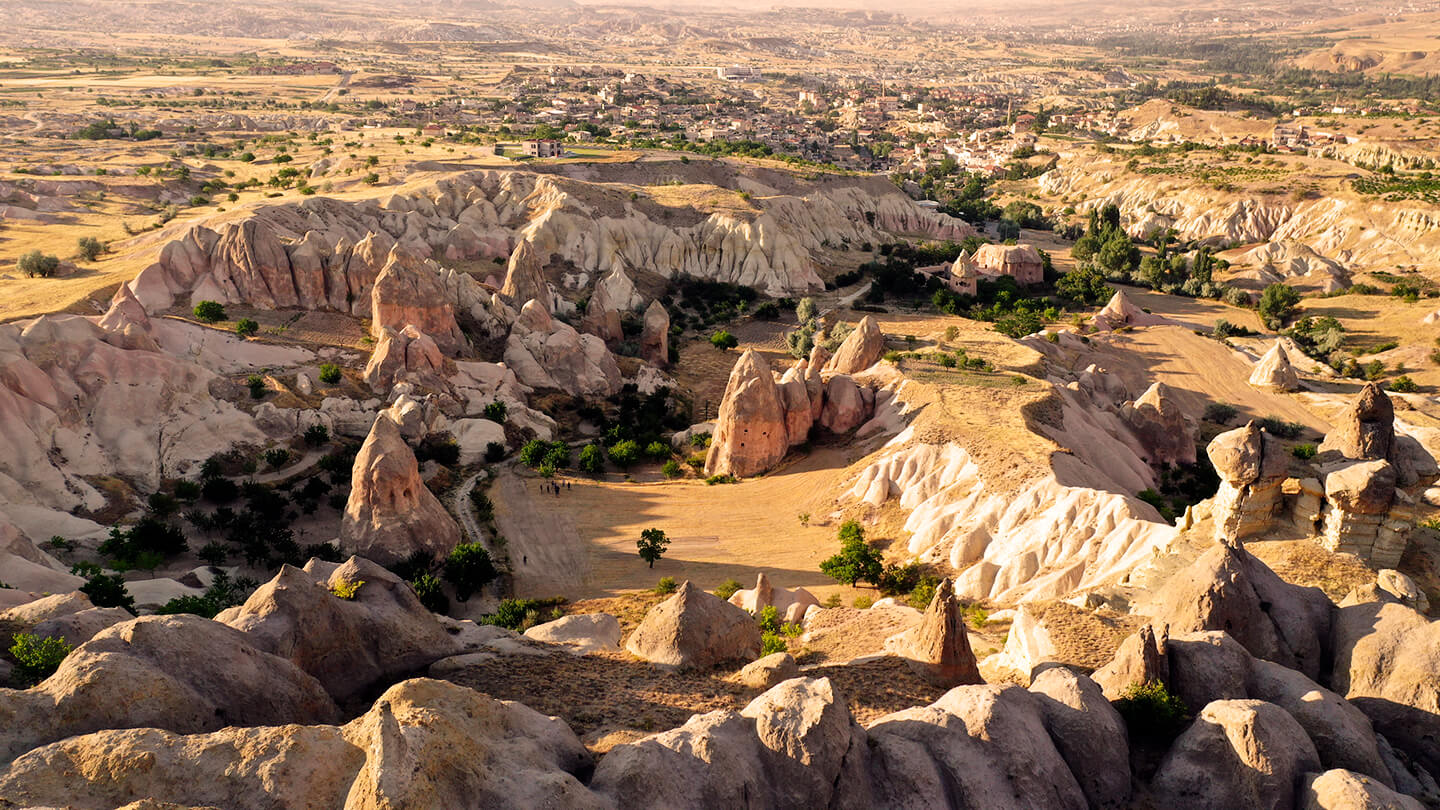history
Cradle of Civilization
The Cappadocia region was formed 60 million years ago by the erosion of soft layers of lava and ash from Mount Erciyes (Argaeus), composed with wind and rain over millions of years. Epic geographical events created its unique nature and history: A Unesco World Heritage site like no other features tufa hills, deep ravines, fairy chimneys, rock-hewn churches, underground cities, and hot-air balloons dotting the sky in the early morning hours. Hosting trade colonies throughout history and founding commercial and social bridges between countries, Cappadocia was one of the important junctions of the Silk Road.
In the 3rd century, Christians came to the Cappadocia which then became a centre for education. The land was an ideal place to spread the Christian doctrine, as well as provide safeguards from outside pressure. Deep valleys, shelters dug and underground cities carved into the soft volcanic rocks created a safe haven against the Roman soldiers.
Cappadocia was once the homeland of the Hittite power and after Hitit fell, it was ruled by many kingdoms such as Persians, Romans, Arabs, Byzantines, Seljuks, Ottomans, and now Turks. Their stories are carved into Cappadocia’s surreal landscape.
In the 3rd century, Christians came to the Cappadocia which then became a centre for education. The land was an ideal place to spread the Christian doctrine, as well as provide safeguards from outside pressure. Deep valleys, shelters dug and underground cities carved into the soft volcanic rocks created a safe haven against the Roman soldiers.
Cappadocia was once the homeland of the Hittite power and after Hitit fell, it was ruled by many kingdoms such as Persians, Romans, Arabs, Byzantines, Seljuks, Ottomans, and now Turks. Their stories are carved into Cappadocia’s surreal landscape.
Hittites, Persians, Romans, Arabs, Byzantines, Seljuks, Ottomans, and now Turks. Their stories are carved into Cappadocia's surreal landscape.
Hittites, Persians, Romans, Arabs, Byzantines, Seljuks, Ottomans, and now Turks. Their stories are carved into Cappadocia's surreal landscape.

